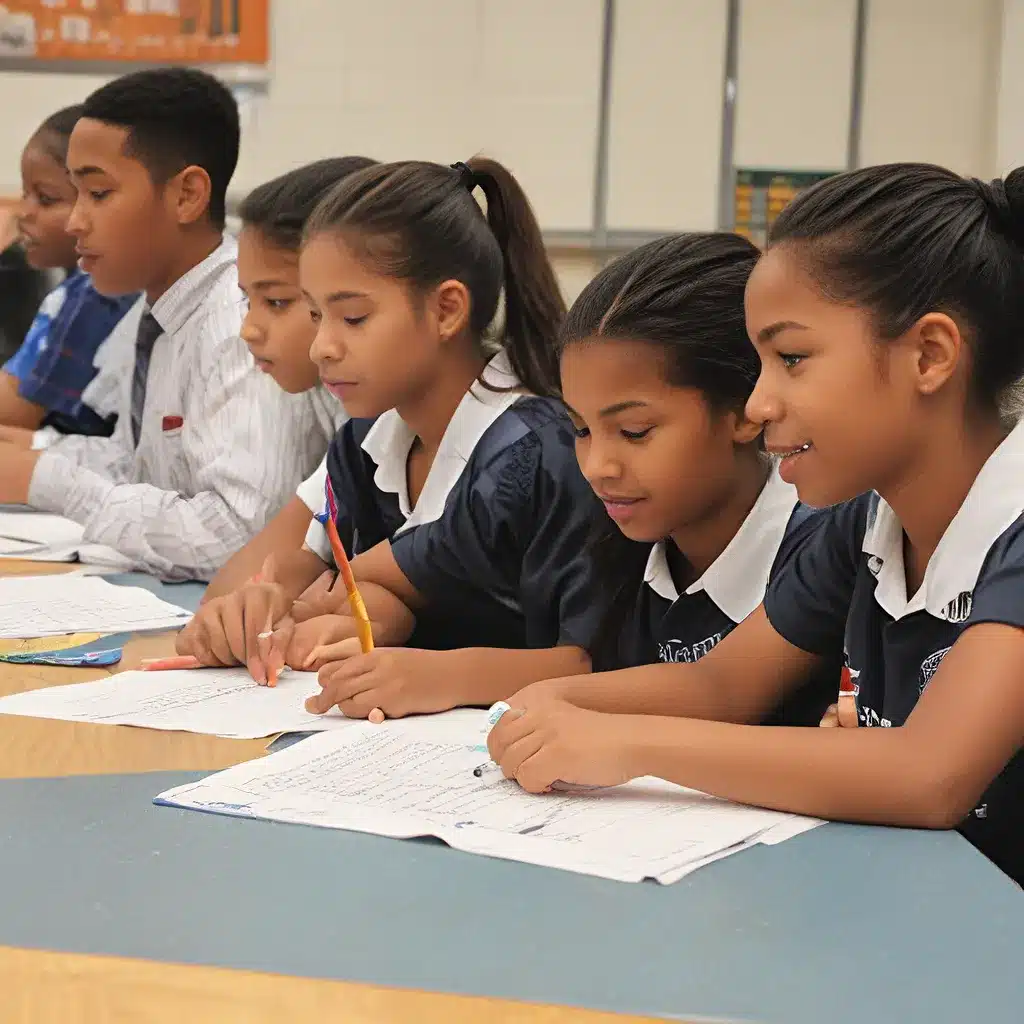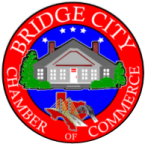
Tackling the Tough Stuff in Bridge City
As I strolled down the bustling streets of Bridge City, I couldn’t help but notice the stark contrasts all around me. Towering glass skyscrapers stood tall, juxtaposed against crumbling infrastructure and struggling neighborhoods. It was a tale of two cities – one thriving, the other left behind. And at the heart of it all was the education system, a microcosm of the broader inequities plaguing this community.
I decided to dive deeper, determined to uncover the root causes and potential solutions to the education challenges facing Bridge City. What I discovered was a complex web of socioeconomic factors, policy decisions, and stubborn mindsets – all conspiring to widen the gap between the haves and the have-nots. But I also found glimmers of hope, with pioneering educators and community leaders stepping up to bridge these divides.
Unequal from the Start
The roots of Bridge City’s education crisis stretch back generations, deeply intertwined with the city’s troubled history of segregation and economic stratification. As I pored over the data, a sobering picture emerged – children from low-income families were starting school woefully behind their more affluent peers, and this gap only seemed to grow wider with each passing year.
Research has shown that a child’s socioeconomic status is one of the most significant predictors of their educational success. And in Bridge City, the numbers were stark. Students from the lowest socioeconomic quintile scored over a full standard deviation lower in reading and math compared to their peers in the top quintile – a chasm that persisted from one generation to the next.
“It’s heartbreaking to see how early these inequities take root,” lamented Sarah, a veteran elementary school teacher. “We’re essentially condemning kids to a lifetime of struggle before they even step foot in a classroom.”
The culprit? A perfect storm of factors, from inadequate access to quality early childhood education to the debilitating effects of generational poverty. “These kids are coming in with so many disadvantages – language barriers, health issues, unstable home lives,” Sarah explained. “And our schools just aren’t equipped to provide the comprehensive support they need.”
Throwing Good Money After Bad
In response to these alarming trends, Bridge City has poured millions of dollars into its education system, yet the outcomes have remained stubbornly stagnant. Frustrated parents and community members have repeatedly demanded action, but the city’s leaders have struggled to find lasting solutions.
“We’ve tried everything – smaller class sizes, technology upgrades, merit-based pay for teachers,” sighed Emily, the district’s superintendent. “But the needle just won’t budge. It’s like we’re throwing good money after bad.”
The problem, it seems, lies in the myopic focus on quick fixes and discrete interventions. Successful education strategies require a more holistic, long-term approach – one that addresses the complex web of social, economic, and cultural factors shaping a child’s educational journey.
“We can’t just tinker around the edges and expect transformative change,” argued Jamal, a local community organizer. “We need to fundamentally rethink how we support kids and families, from cradle to career.”
A Broader Bolder Approach
Across the country, a growing number of school districts and communities have embraced a more comprehensive, “whole-child” approach to education – and Bridge City is starting to take notice. These pioneering initiatives recognize that a student’s academic success is inextricably linked to their physical, social, and emotional well-being.
In places like New York City, Boston, and Minneapolis, schools have partnered with community organizations to provide a diverse array of wraparound services – from early childhood education and family support programs to mental health services and career development opportunities.
The results have been nothing short of transformative. In these communities, achievement gaps have narrowed, graduation rates have soared, and students have demonstrated marked improvements in their overall well-being.
“It’s all about breaking down those silos and taking a more holistic, collaborative approach,” explained Emily. “We can’t just focus on academics – we have to address the whole child, and that means working closely with families and community partners.”
Laying the Groundwork in Bridge City
Bridge City is starting to follow suit, with a growing number of schools and districts embracing this broader, bolder approach to education. In the city’s most disadvantaged neighborhoods, innovative initiatives are taking root, offering a glimmer of hope for the future.
One such effort is the Bridge City Community Schools program, which has transformed a dozen of the district’s high-poverty schools into hubs of social, academic, and health services. By partnering with local nonprofits and government agencies, these schools are able to provide everything from early childhood education and job training to medical care and mental health counseling.
“It’s been life-changing for our students and their families,” beamed Jamal, who oversees the program. “We’re finally addressing the root causes of their struggles, not just the symptoms.”
Similarly, the Bridging the Gap scholarship initiative has opened the doors to higher education for hundreds of Bridge City’s most disadvantaged youth. Funded by a coalition of local businesses and philanthropists, the program provides not just tuition assistance, but also mentoring, academic support, and career development opportunities.
“College used to be a pipedream for so many of our kids,” said Sarah, who has seen several of her former students benefit from the program. “Now, they’ve got a clear path to a brighter future.”
A Long Road Ahead
To be sure, the challenges facing Bridge City’s education system are daunting, and the path to progress is far from smooth. Entrenched inequities, bureaucratic roadblocks, and skeptical community members have all posed formidable obstacles to change.
But as I spoke with the educators, activists, and community leaders driving these innovative initiatives, I couldn’t help but feel a sense of cautious optimism. They recognized that true, lasting transformation would require patience, perseverance, and a willingness to tackle the tough issues head-on.
“This isn’t a quick fix – it’s a generational struggle,” Jamal acknowledged. “But we’ve got to start somewhere. And with the right vision and the right partnerships, I believe we can create a Bridge City where every child has the opportunity to thrive.”
As I bid farewell to the city, I couldn’t help but reflect on the powerful truth that had emerged from my conversations: that education is not just about test scores and graduation rates, but about the complex interplay of social, economic, and cultural factors that shape a child’s life. And in Bridge City, the path to a more equitable and just future lies in embracing a broader, bolder approach to education – one that puts the needs of the whole child, and the whole community, at the center.
If you’re interested in learning more about Bridge City’s education initiatives, be sure to check out the Bridge City Chamber of Commerce website for the latest updates and opportunities to get involved.


